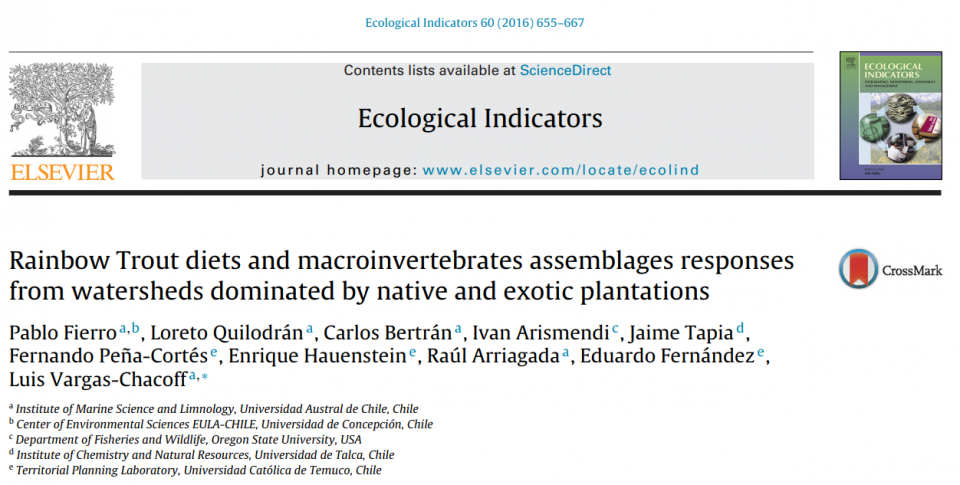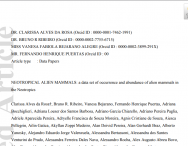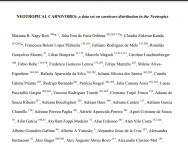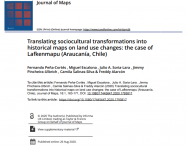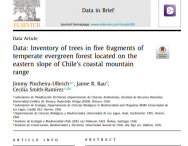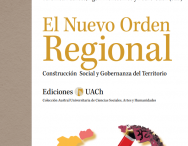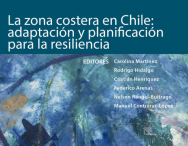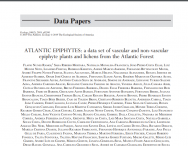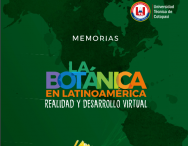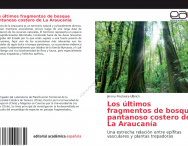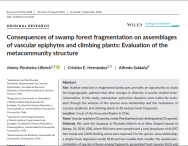Reinbow trout diets and macroinverterbrates asssemblages responses from watersheds dominated by native and exotic plantations
Detalles del proyecto
Categoria
2015Publicaciones
Author
Fierro, P., Quilodrán, L., Bertrán, C., Arismendi, I., Tapia, J., Peña-Cortés, F., . . . Vargas-Chacoff, L.Descripcion del proyecto
Over the past few decades, land-use changes through conversion of global forest cover to exotic plantations is contributing to both habitat and biodiversity loss and species extinctions. To better understand human influences on ecosystem, we use diet composition from introduced Rainbow Trout Oncorhynchus mykiss as indicator of potential changes in the composition of stream-macroinvertebrates due to land use changes from native to exotic vegetation (eucalyptus plantations) in southern Chile. Water quality variables, aquatic macroinvertebrates and Rainbow Trout diet were studied in 12 sites from mountain streams located in two watersheds including one dominated by native riparian vegetation and the other dominated by exotic vegetation. As expected, richness and abundance of macroinvertebrates were clearly higher at sites in native forest than in those with exotic vegetation. Collector-gatherer was the most abundant functional feeding group, but there was no statistical difference in the functional composition between the two watersheds. Differences in in-stream macroinvertebrate availability was more higher correlated with changes in Rainbow Trout diets. Specifically, taxa consumed from the watershed dominated by native forests was higher than from the watershed with exotic vegetation. Additional environmental variables showed statistical differences between watersheds. The exotic vegetation sites had the highest concentrations of dissolved solids, suspended solids, nitrates, chlorides and sulphates. Our
findings show that macroinvertebrate assemblage structure and trout diets can be altered by changes in riparian vegetation. The absence of specific macroinvertebrate taxa in streams with exotic vegetation was captured by the composition of trout diets. This suggest that Rainbow Trout diets can be a good biological indicator of land use practices and thus, diet can be used as a rapid and effective tool for evaluate environmental quality. Our findings provide insights aboutthe design of aquatic monitoring programmes to improve detection of anthropogenic impacts in streams in South America and elsewhere.

